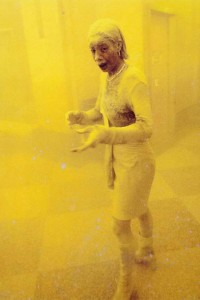I read a memorial piece on author James Salter in the New York Times Magazine recently. Written by Will Mackin, the final paragraph contains a wonderful description of what the creative process is like. Salter had been a fighter pilot prior to turning to writing as a profession, and Mackin was convinced that the experience informed how Salter wrote. Here is the final paragraph: "...you can sense Salter's search for the idea, or the feeling, or the mood behind the fictional moment. I see him sitting at his desk, as he once sat in the cockpit over Korea, staring out in front of him, a space that can be defined only by what's not there. He doesn't know exactly what he wants to say, or how to say it, but he feels its presence. As his search goes on, he may begin to doubt the existence of what he's after. But then it appears - in the case of an enemy fighter, "silent as a shark" - and immediately it tries to escape or to turn on him. He struggles to maintain sight of it, moving in close, so close he can't miss. And when he hits, something vital shatters."
I can relate so much to what Mackin was describing, as I think any creative person in any field can, for that is the creative process in a nutshell. Beautifully said! And... it makes me want to read James Salter's books!
